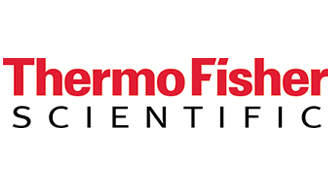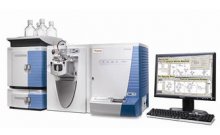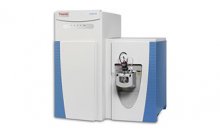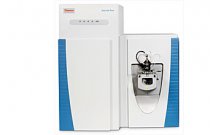使用MALDI LTQ Orbitrap分析核孔样品中有丝分裂相关磷酸化位点
简介:
The nuclear pore complex (NPC) is an assembly of about thirty proteins that forms the principal passageway for nucleo-cytoplasmic macromolecular traffic. In higher eukaryotes, the NPC undergoes regulated mitotic disassembly into subcomplexes, a process thought to be enacted largely via phosphorylation. In this study, we used antibodies to isolate mitotic NPC sub-complexes, and mapped mitotic phosphorylation sites in their constituent proteins. An antibody against Nup107 was used to isolate the Nup107-160 sub-complex, and monoclonal antibody mAb414 was used to isolate sub-complexes containing FG-repeat proteins involved in substrate transport through the pore. These complexes were digested and analyzed with a Thermo Scientific MALDI LTQ Obitrap mass spectrometer to identify their constituents and to identify mitotic phosphorylation sites following phosphopeptide enrichment. 16 mitotic phosphorylation sites were identified. Nine of these occurred at sites previously annotated to be phosphorylated in large-scale screens, while seven appear to be wholly novel.
仪器:
结论:
Immunoprecipitation afforded high-purity isolation of NPC sub-complexes from mitotic cells. Analysis of subcomplex constituents revealed the expected proteins and some surprises, such as abundant myosin 9 in the Nup107-160 complex IP, and Nup133 associated with FG-domain complexes. Phosphopeptide analysis revealed seventeen sites of mitotic phosphorylation, eight of which were wholly novel sites. MALDI analysis using an LTQ Orbitrap mass spectrometer provided rapid, high mass accuracy (<3 ppm) identification of the sub-complex protein constituents and sites of phosphorylation. The MALDI format, in combination with the sensitive MSn performance of the LTQ ion trap, allowed for manual, prolonged ‘revisiting’ of phosphopeptides that were not successfully identified in an automated first pass, thus permitting additional identifications.




